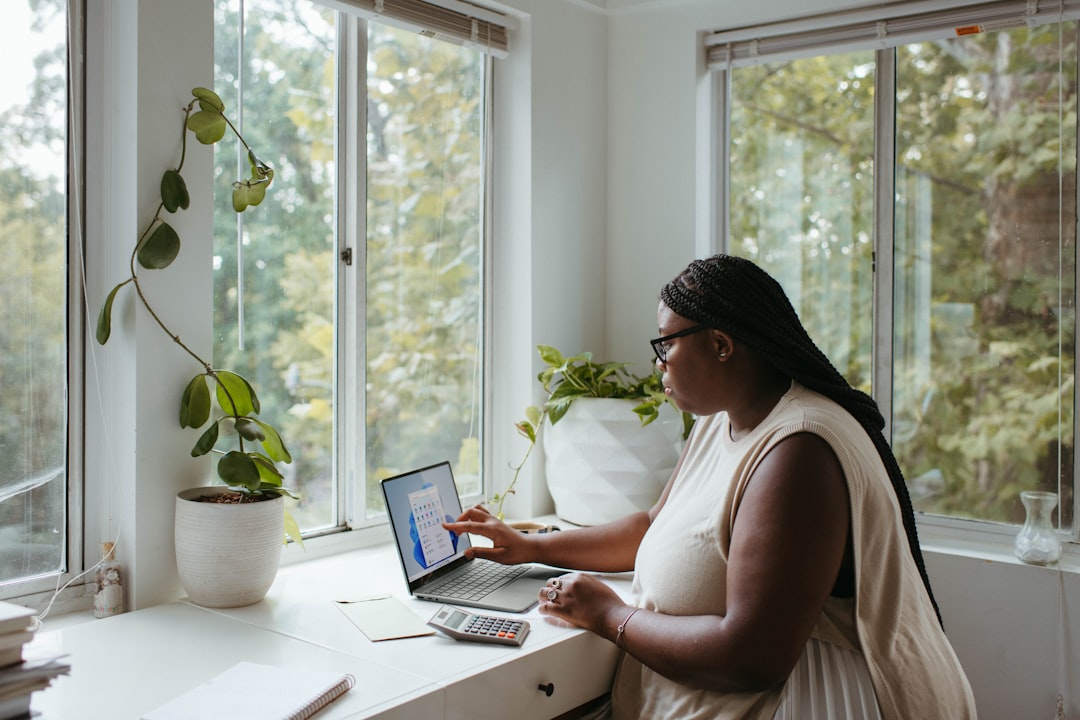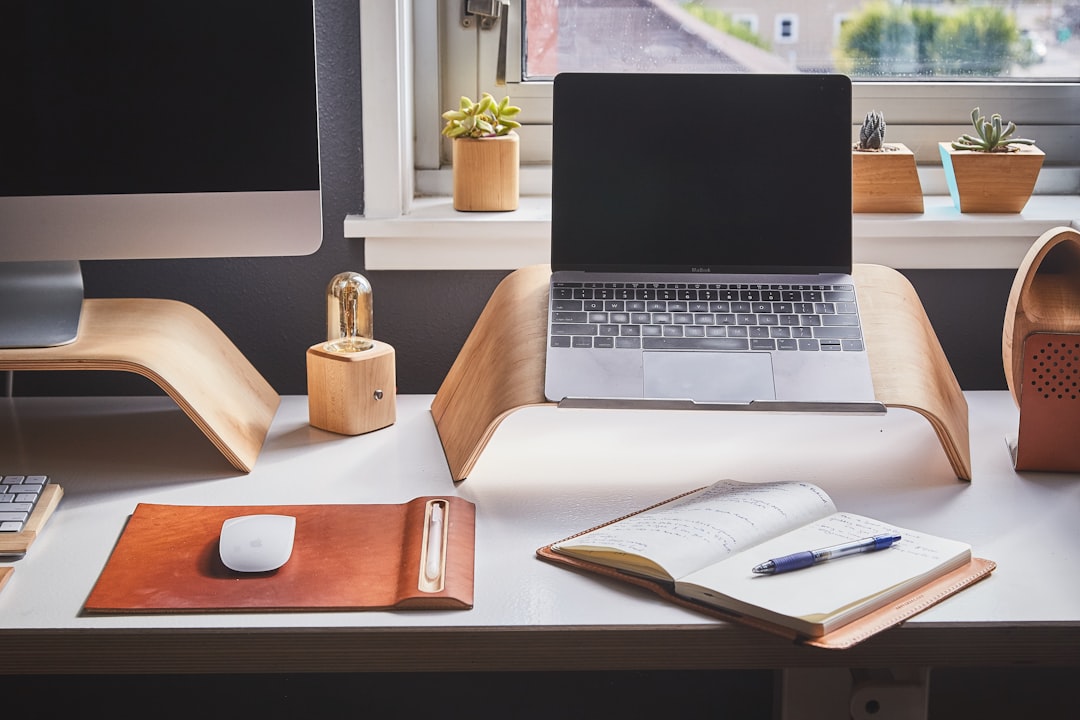Welcome to the new era of remote work, where traditional offices are slowly becoming a thing of the past. Whether it’s because of the COVID-19 pandemic or because workplaces are realizing the benefits of remote work, more and more people are starting to work from home. While there are many advantages to this arrangement, it also poses a significant challenge: staying productive.
Distractions abound in the home environment, from kids and pets demanding attention to the temptation of the kitchen pantry. It can be hard to stay on task and get things done when there are so many potential diversions.
But fear not, because with a little planning, dedication, and some tips and tricks, you can not only stay productive but thrive in this new remote work environment. In this blog post, we’ll be sharing some of our favorite techniques for staying focused, motivated, and energized throughout the workday. Let’s dive in!
Establish a Morning Routine: Start Your Day on the Right Note and Avoid Distractions
Are you struggling to get into the groove of remote work? Do you find it difficult to start your day with focus and determination? If so, it’s time to establish a morning routine.
A morning routine is like an anchor that keeps you grounded and ready to tackle the day ahead. It sets the tone for your workday and helps you avoid distractions that can derail your productivity.
So, what should your morning routine look like? It’s entirely up to you, but here are some tips to get you started.
First, wake up at the same time each day. This consistency helps regulate your circadian rhythm and sets you up for a more alert and attentive day.
Next, make time for exercise or stretching. Engaging in physical activity releases endorphins, which boost mood and energy levels.
Take some time to journal or meditate. This allows you to clear your mind and organize your thoughts before jumping into work.
Finally, enjoy a healthy breakfast and take some time to review your to-do list for the day. This enables you to plan out your day with clear focus and purpose.
With a solid morning routine in place, you’ll feel more energized and motivated to take on the day’s challenges. You’ll also be better equipped to avoid distractions and stay focused on your work.
Remember, success in remote work requires discipline, determination, and persistence. Establishing a morning routine is just one step on the road to success. So, commit to your routine and watch your productivity soar!
Finally, enjoy a healthy breakfast and take some time to review your to-do list for the day.
Set Up a Designated Workspace
As a remote worker, you have the power to design your workspace however you please. Whether you prefer a minimalist desk or a cozy nook, it is important to create a workspace that is comfortable and efficient to maximize your productivity.
You may be tempted to work on the couch or in bed, but this can lead to poor posture and distractions, both of which can negatively impact your work. Instead, set up a designated workspace that is solely used for work. This could be a desk in a spare room, a corner in the living room, or even a standing desk.
Make sure your workspace is equipped with everything you need. Consider investing in a comfortable chair and a large monitor. Arrange your computer, keyboard, and mouse in a way that is natural and ergonomic. Ensure that you have proper lighting so you don’t strain your eyes or get headaches. Don’t forget about organization! Keep your workspace clean and tidy to prevent distractions and increase focus.
Once you have your workspace set up, make it a habit to work only in that area. This helps establish a mental boundary between work and personal life, which is important for maintaining focus and mental health. By creating a designated workspace, you are also sending a signal to yourself that it’s time to work and be productive.
Remember, a well-designed workspace can make a huge difference in your productivity and overall enjoyment of your work. So, take the time to make it comfortable and efficient – your productivity and mental health will thank you for it!
Once you have your workspace set up, make it a habit to work only in that area.
Establish Boundaries: Set Limits for Your Mental Health and Productivity
Congratulations! You’ve made it to part four of our guide on productive remote work. By this stage, you probably already have a good morning routine, a comfortable workspace, and a clear plan for your day. But have you been neglecting an essential aspect of your overall well-being and productivity?
Remote work can blur the boundaries between your working and personal life. The ease of accessibility to our devices and the always-connected culture we live in can often result in work creeping into our personal time, mentally exhausting us, and adversely affecting our focus, motivation, and happiness. Therefore, it is essential to set strong boundaries to both protect your mental health and ensure you have an uninterrupted focus on work.
To establish healthy boundaries, start by setting working hours and a clear routine for breaks and when to log off work. Communicate your schedule with your colleagues and supervisors to ensure everyone respects your time and there are no surprises when you are unavailable.
When it comes to communication tools, use separate channels for work and personal life. Allocate dedicated time to check your work email, Slack, or any other tools you use to stay connected to work. Keep it strictly work-related, and avoid checking them outside of your designated working hours.
Another essential aspect of boundaries is setting a physical boundary between your work setup and personal space. Try to keep distractions out of sight when you are working. If possible, carve out a designated workspace that is solely dedicated to work; this helps your brain differentiate when it is time to work and when it is time to rest.
Finally, it’s important to take time off, unplugging from work entirely, and make plans to engage in activities you enjoy outside of work. Make sure you use your vacation and personal time regularly to recharge and rejuvenate yourself. This can include reading a book, spending time with loved ones, mindfulness activities, or pursuing a hobby. You will come back to work feeling refreshed, re-energized, and re-focused.
Setting boundaries is crucial to maintaining global well-being and maximizes productivity. Be intentional and persistent in establishing boundaries in your remote work routine. This not only protects you from burnout and feelings of overwhelm but also ensures your work remains high-quality and efficient. Keep pushing yourself to be your best every day, and remember that a healthy balance between work and personal life is achievable solely when boundaries are set, communicated, and respected.
Communicate your schedule with your colleagues and supervisors to ensure everyone respects your time and there are no surprises when you are unavailable.
Time Blocking and Priority Setting: Plan Your Day for Efficiency and Prevent Burnout
You’ve established your morning routine, curated your workspace, and set your boundaries; now it’s time to take your productivity game to the next level. Time blocking and priority setting are two essential techniques for planning your workday effectively to avoid burnout.
Time blocking involves breaking down your day into specific chunks of time allocated for specific tasks, such as responding to emails, completing a project, or attending a meeting. This technique not only helps you stay focused and motivated, but it also ensures that you’re spending your time on high-priority tasks that require your full attention.
To effectively time block, start by identifying your most important tasks and goals for the day, week, or month. Next, assess the estimated duration of each task and allocate blocks of time on your calendar accordingly. Be realistic while allocating your time, and ensure you leave some wiggle room for unexpected demands or setbacks.
The next step is to prioritize your tasks within each time block. Ask yourself which tasks have the most significant impact, require immediate attention, or contribute to your long-term goals. By prioritizing your work, you’ll ensure that the most important tasks are tackled when you have the highest energy levels and motivation, preventing the temptation to procrastinate.
But setting priorities is not enough. You also need to ensure that you’re executing them accordingly. Scheduling deadlines for each priority helps keep you accountable and encourages you to maintain progress towards them. Progress breeds productivity, which can have a domino effect on your motivation to keep going.
Time blocking and priority setting work best when combined with mindfulness and discipline. Try not to get sidetracked by unessential tasks during your time blocks, and remove potential distractions that might hamper your progress. Get into the habit of reviewing your progress daily, assessing your goals, and adjusting your time blocks if necessary.
With the right mindset and a solid plan, time blocking and priority setting can accomplish significant progress and productivity during your workday. You’re in control of how you allocate your time, so make every minute count towards achieving your personal and professional goals.
Time blocking and priority setting are two essential techniques for planning your workday effectively to avoid burnout.
Take Breaks: Recharge and Avoid Burning Out
As you go through your remote work day, you may feel tempted to work non-stop to get everything done. But that mindset can lead to burnout, which ultimately decreases your productivity and makes your work less enjoyable. It’s crucial to take meaningful breaks throughout the day to recharge your energy and stay fresh.
There are different ways to take breaks depending on your preferences and needs. Some people like to take a walk outside, do some stretches, or practice mindfulness meditation to clear their minds. Others enjoy doing something that brings them joy, like reading a book, listening to music, or chatting with a friend.
The key is to find what works for you and integrate it into your routine. Set aside specific moments in your day to take breaks and make it non-negotiable. Even if you have a tight deadline, taking a few minutes to step away from your work can help you refocus and come back with a clearer mind.
Remember that breaks are not a waste of time; they are an investment in your well-being and productivity. And by giving yourself the time to recharge, you’ll be able to perform better and achieve more in the long run.
So, make sure to take breaks throughout your workday, and don’t hesitate to adjust your routine if you feel overwhelmed. Your mental health and efficiency depend on it.
There are different ways to take breaks depending on your preferences and needs.
Conclusion: Recap of the Tips and Motivation to Keep Up the Good Work
Congratulations, you’ve made it to the end! You have learned some valuable tips on how to stay productive while working remotely. Now that you have a comprehensive understanding of the best practices to adopt, it’s time to put them into action.
Recall that establishing a morning routine helps you to start your day in the right frame of mind. Setting up a designated workspace helps you to create an environment that suits your needs and promotes productivity. You also learned how important it is to establish boundaries between your work and personal life to prevent burnout.
Planning your day with time blocking and priority setting is absolutely essential to avoid wasting valuable time. And taking meaningful breaks throughout the day also helps you to recharge and avoid burning out.
Remember to stay motivated, ambitious, energetic, determined, and persistent. Working remotely has its challenges, but with the tips you’ve learned, you’re bound to succeed. Keep up the good work, and always remain productive!





